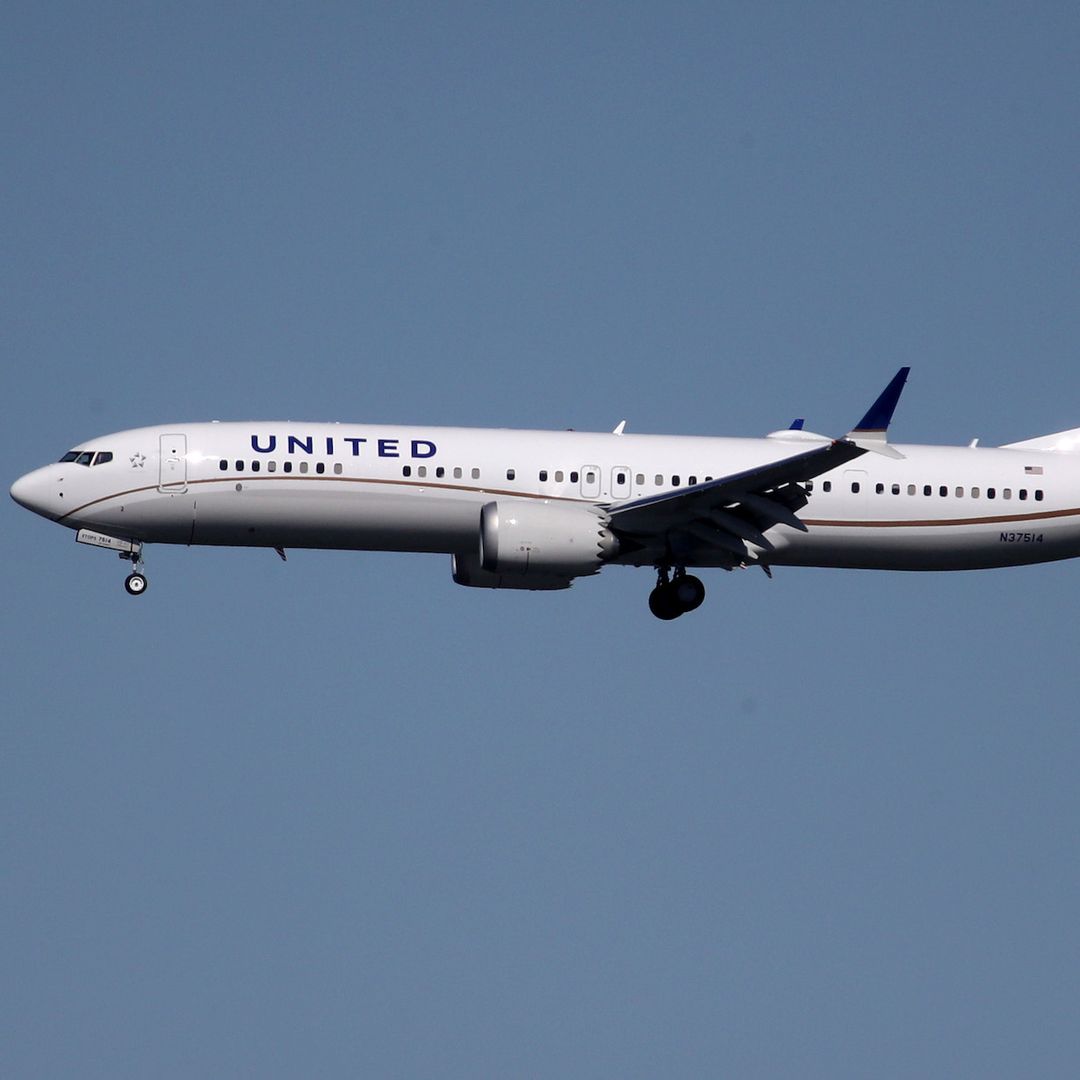What we've learned from the Boeing 737 MAX crashes

Published Date: 3/18/2019
Source: axios.com
With the global fleet of the brand new Boeing 737 MAX jet grounded indefinitely after two deadly crashes, we're learning more about what may have brought us to this point. Why it matters: No plane crash is ever the result of one factor alone, but rather a series of events that conspire to cause a disaster. In the case of the Lion Air crash in October and the Ethiopian Airlines crash last week, the information coming from the official crash investigations is focused squarely on a system built into the aircraft to prevent it from stalling, or running out of lift.Another emerging thread from the investigation is the way that the plane — which has a total of more than 5,000 standing orders from carriers worldwide — was certified to fly in the first place. How it works: Media outlets have been shining a spotlight on how the plane came to be approved as if it was simply another version of the best-selling 737 series, despite having so many new pieces of hardware. That includes new, more powerful engines, a redesigned tail, new wing design and more, along with complex, novel software. The MAX’s larger, more powerful engines are strapped farther forward on its wings compared to other 737 derivatives, which changed the aerodynamic characteristics of the plane and could push the nose upward in certain situations. Boeing installed software, known as the Maneuvering Characteristics Augmentation System, or MCAS, to push the nose down and avoid a high speed stall. But this system gets its input from just a single angle of attack sensor mounted near the nose of the aircraft.It's this system that is suspected of causing the two crashes, potentially due to faulty data from the angle of attack sensor. Had the MCAS compared data from both of the angle of attack sensors on the plane, it could have ignored erroneous data from one of them. Context: Despite the aerodynamic differences and new software system, many 737 pilots were not required to undergo intensive training in flight simulators, and they could instead do so on an iPad, according to the New York Times. The simulators also weren't ready when the plane began rolling out of the factory and taking to the sky. The lack of simulator training was a selling point for the jet, since it meant airlines that already flew other versions of the 737 could save money on training.The NYT reported that pilots at United Airlines, which flies the Boeing 737 MAX 9, were not initially trained on the MCAS system. Meanwhile: Another strand emerging from the accident investigations concerns how deferential the FAA was to Boeing in certifying the MCAS system and other aspects of the plane's certification. The Seattle Times reports that deadline pressure prodded the FAA and Boeing to delegate more safety decisions to Boeing engineers working on behalf of the FAA. That's because across the Atlantic, Boeing's arch-rival company, Airbus, was developing a similar plane, known as the Airbus A320neo. The Times story also shows that the original safety assessment for the MCAS system may have misstated its full capability in moving the tail of the plane, as well as how many times it could kick in before resetting. A federal grand jury issued a subpoena on March 11 to at least one person involved in the development of Boeing's 737 MAX aircraft on behalf of the Justice Department, though it remains unclear if the action is related to government scrutiny of the FAA's approval of the plane's MCAS anti-stall safety system, the Wall Street Journal reports.What's next: Boeing has said it plans to roll out a fix to the MCAS software in April that should prevent a similar crash in the future. But it's likely that pilots will be briefed on it via additional personal computer training, since there is just one 737 MAX simulator available for training use in the U.S.CEO Dennis Muilenburg issued a new statement on Sunday:"While investigators continue to work to establish definitive conclusions, Boeing is finalizing its development of a previously-announced software update and pilot training revision that will address the MCAS flight control law's behavior in response to erroneous sensor inputs."Editor's note: This story has been updated to include the WSJ report of a federal criminal investigation. Go deeper: In 12 minutes, everything went wrong (NYT)After two crashes of Boeing jet, pilot training now a focus (NYT)Flawed analysis, failed oversight: How Boeing, FAA certified the suspect 737 MAX flight control system (Seattle Times)At tense meeting with Boeing executives, pilots fumed about being left in dark on plane software (Washington Post)